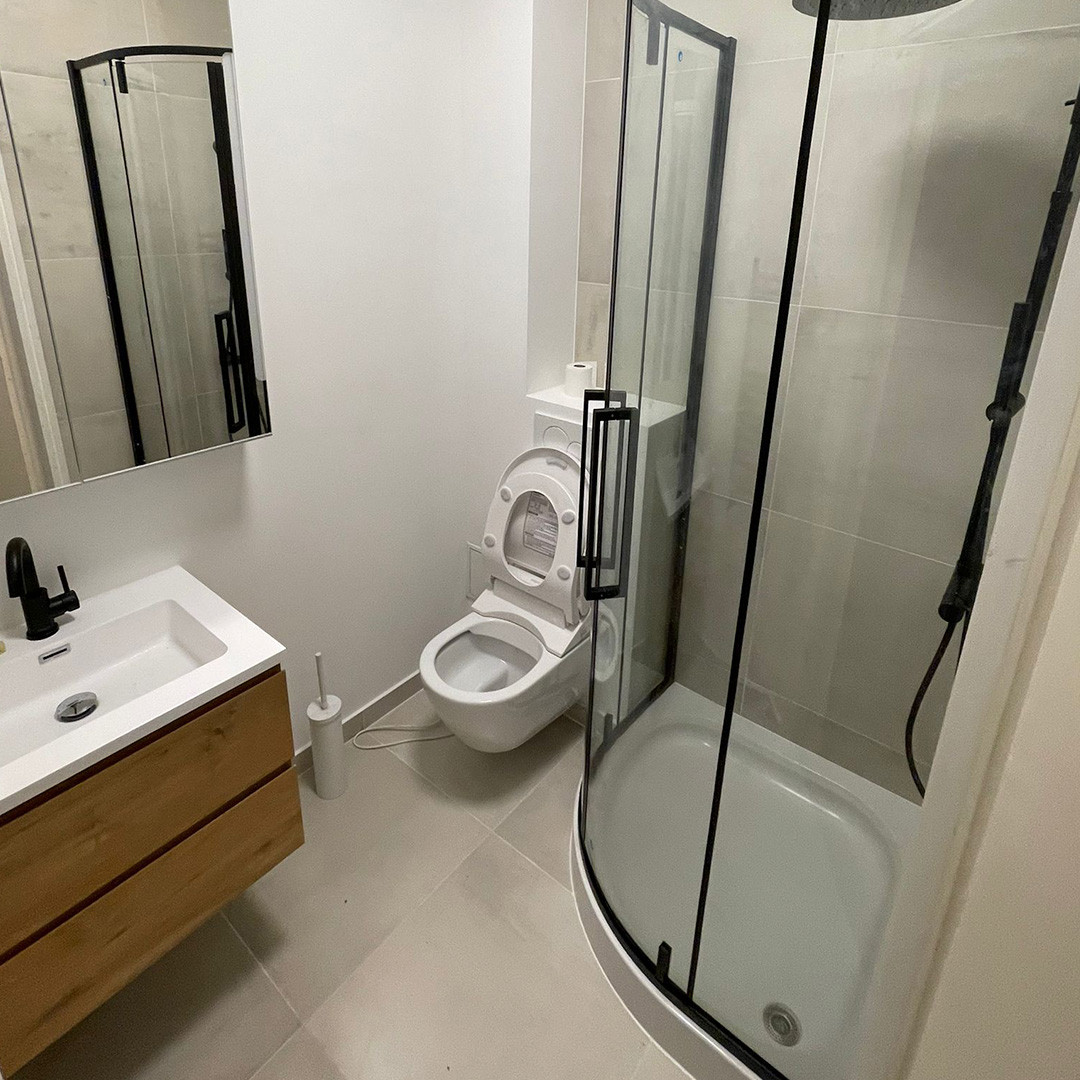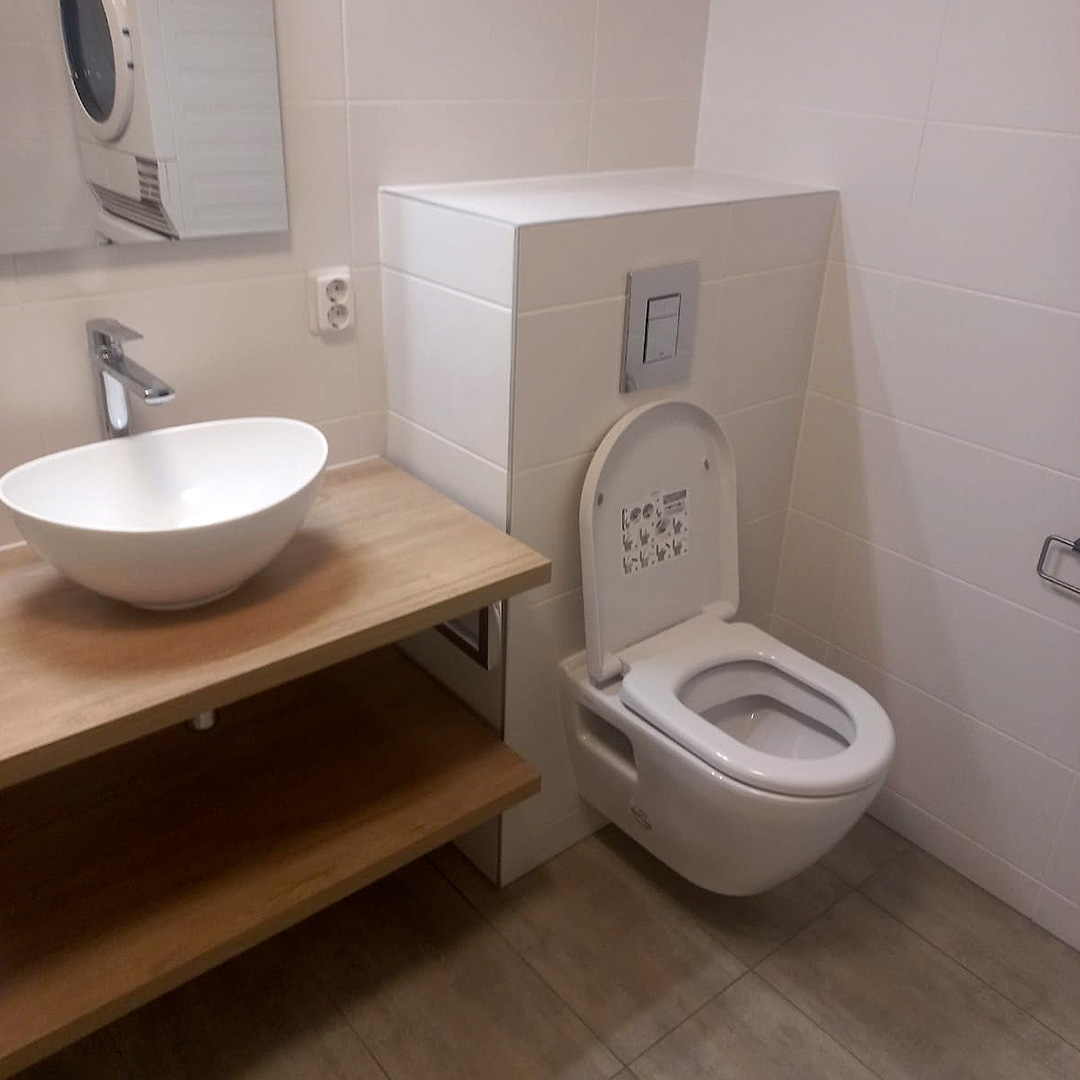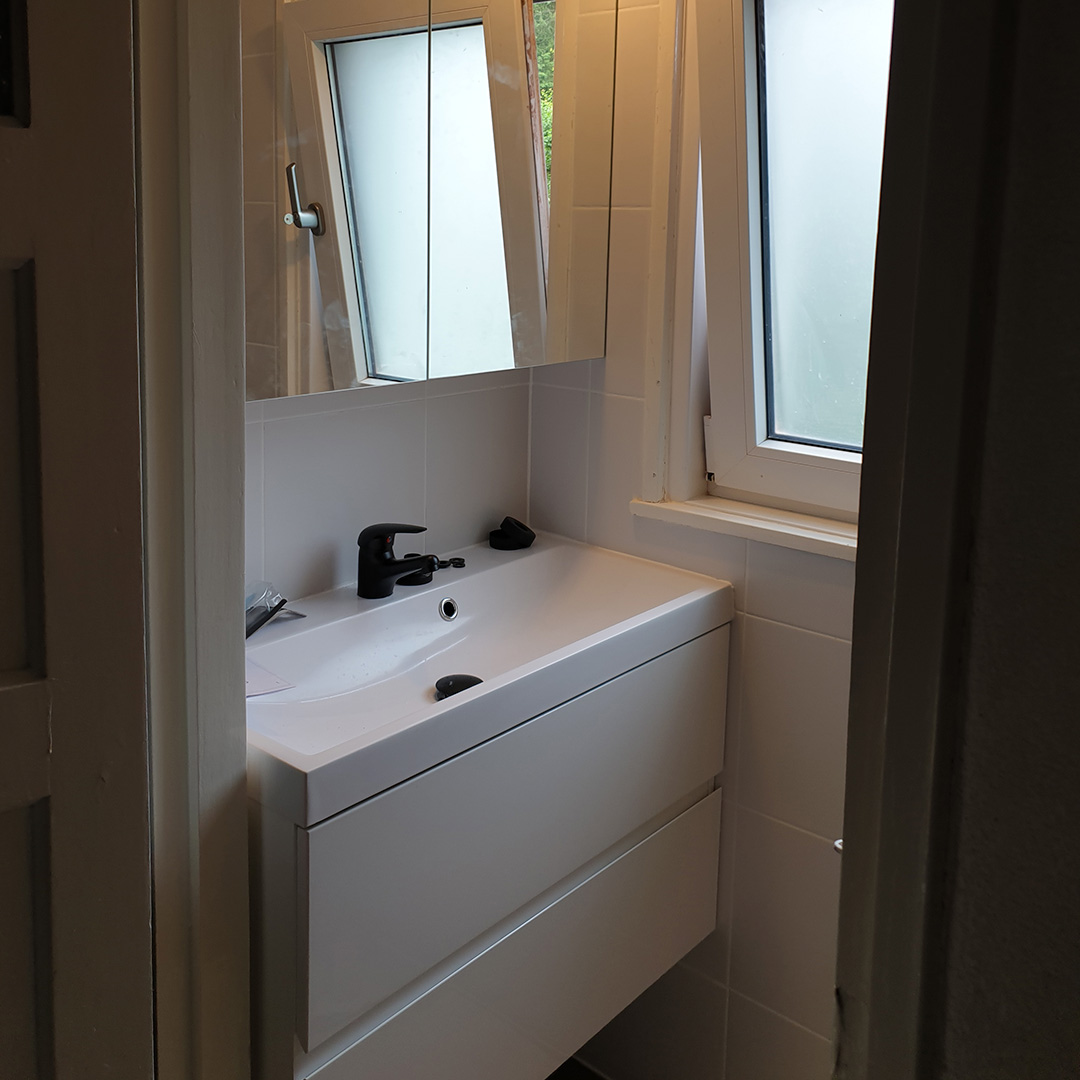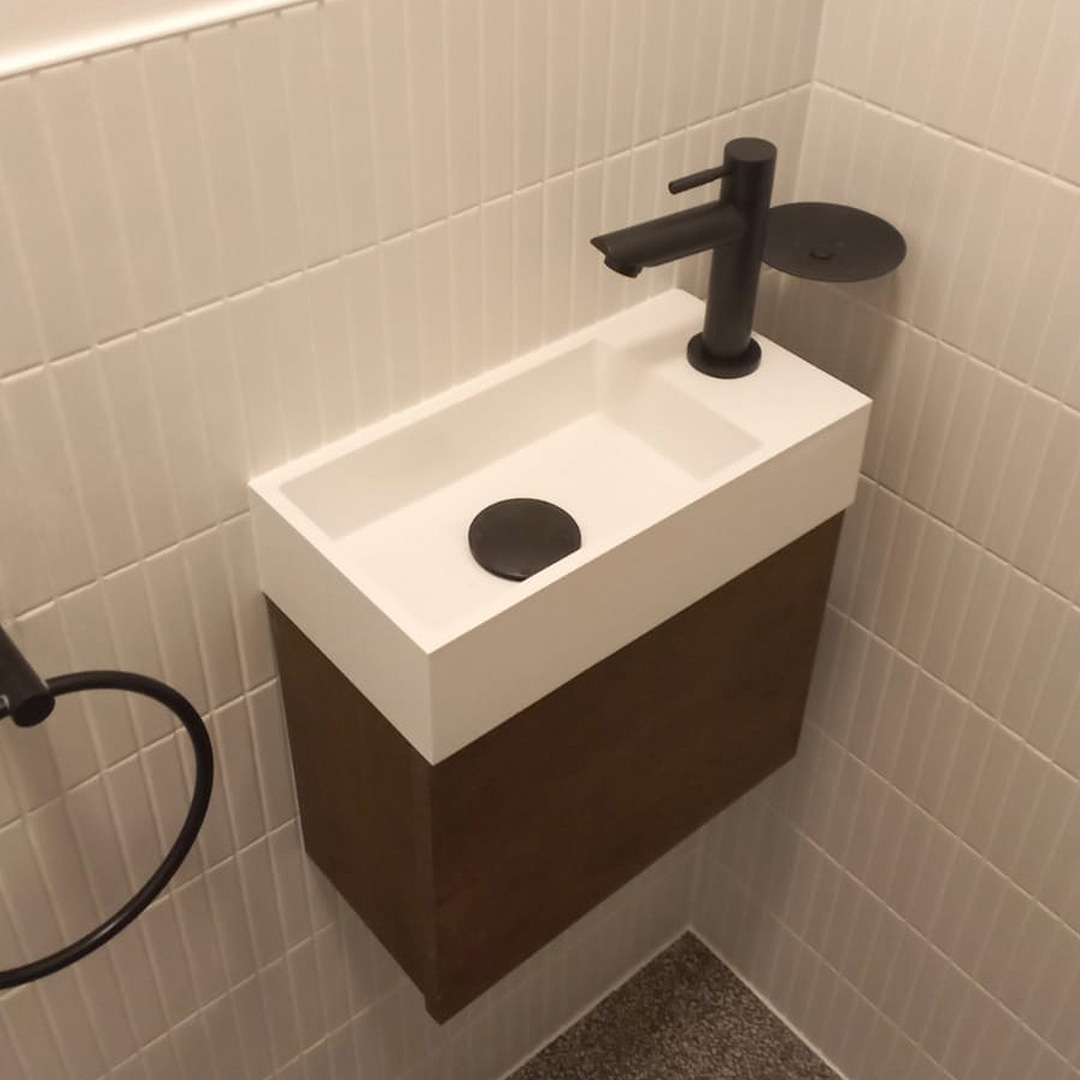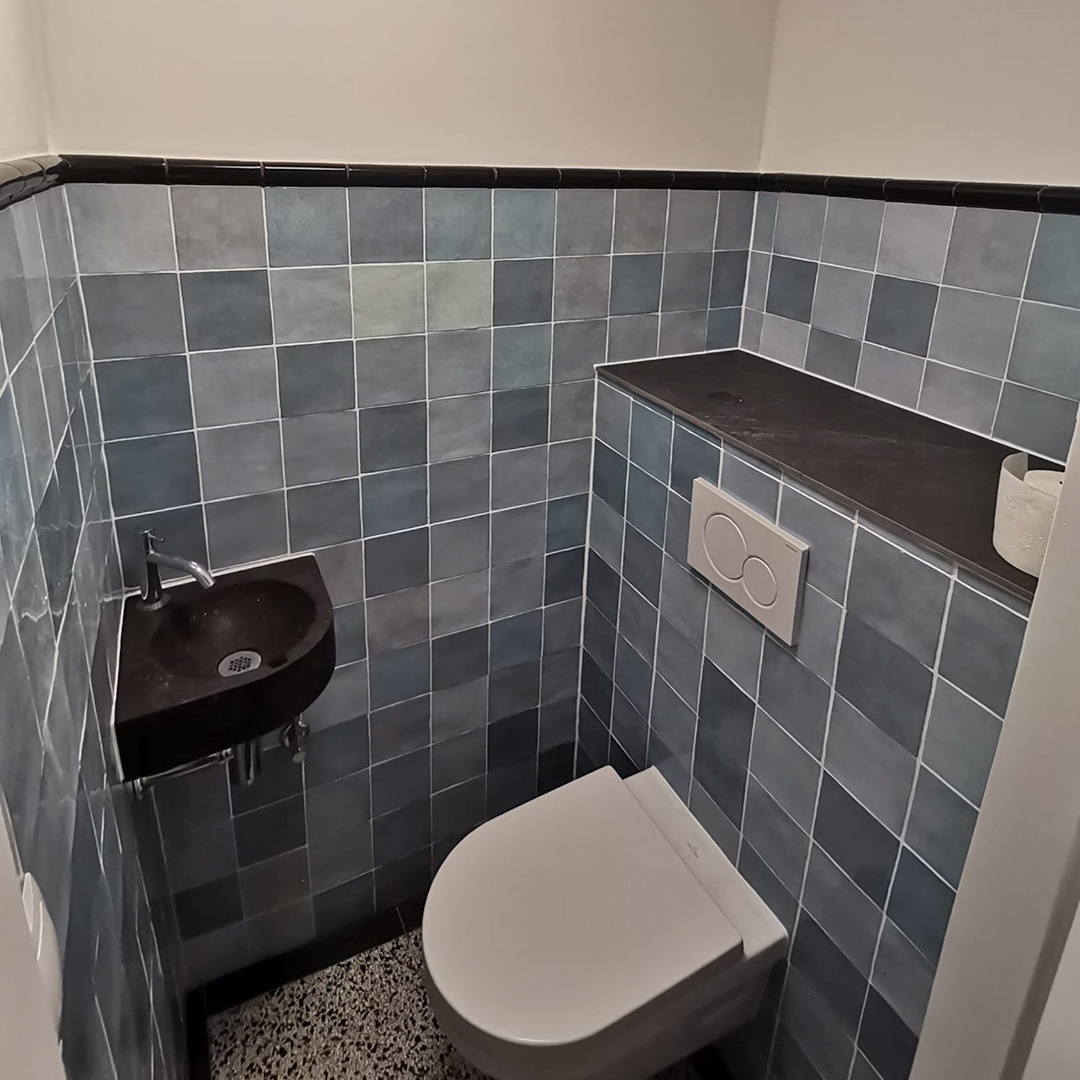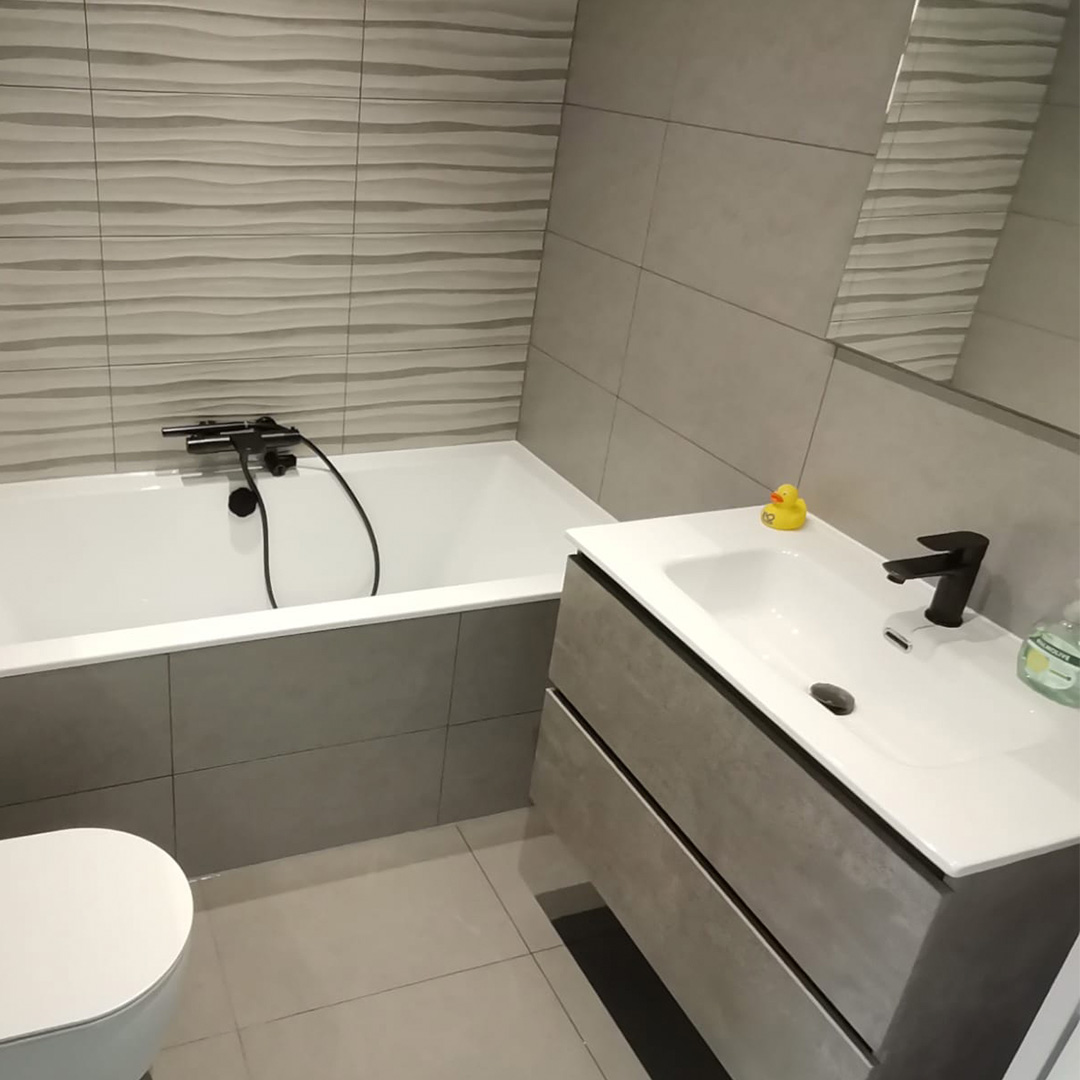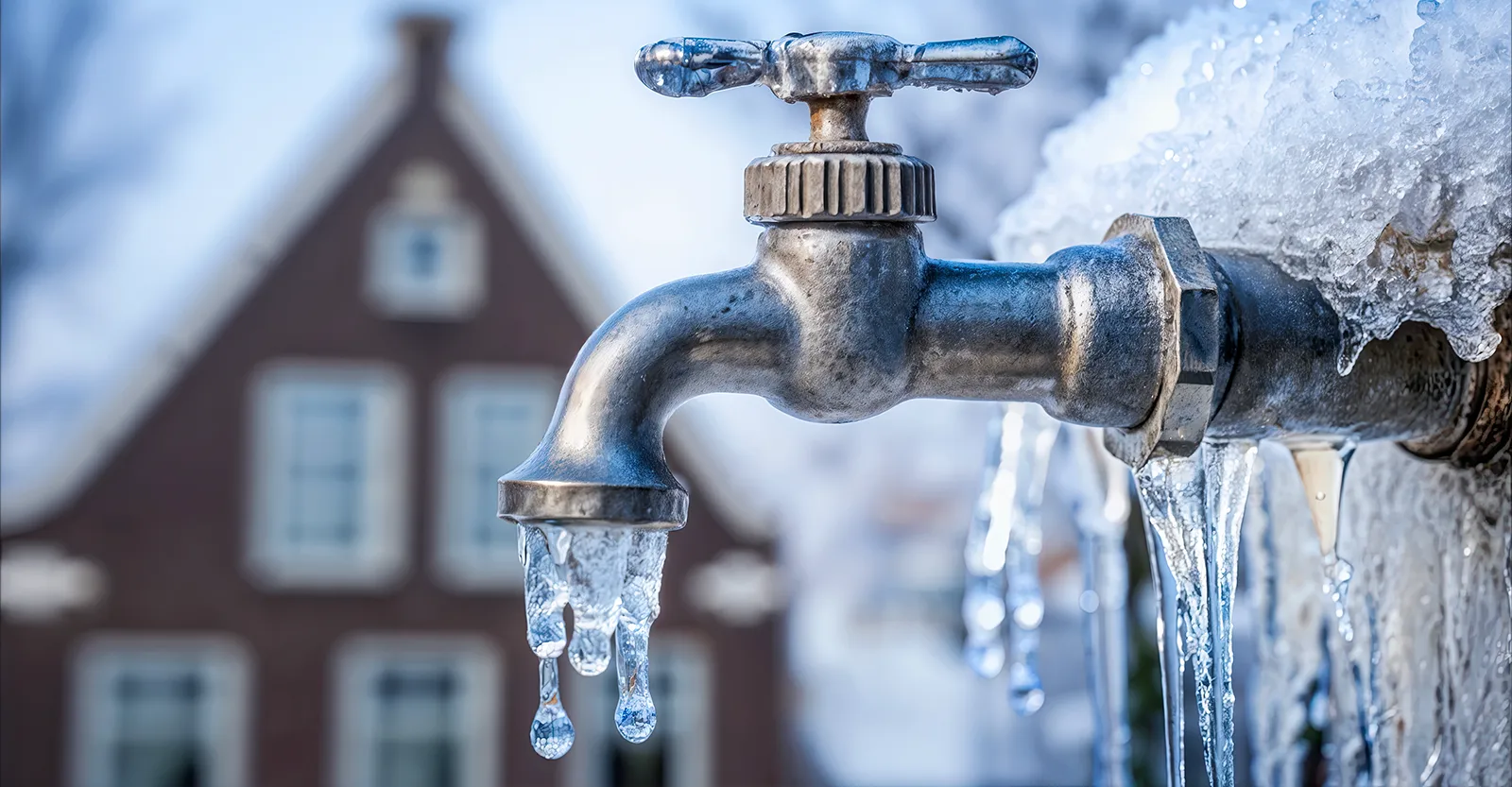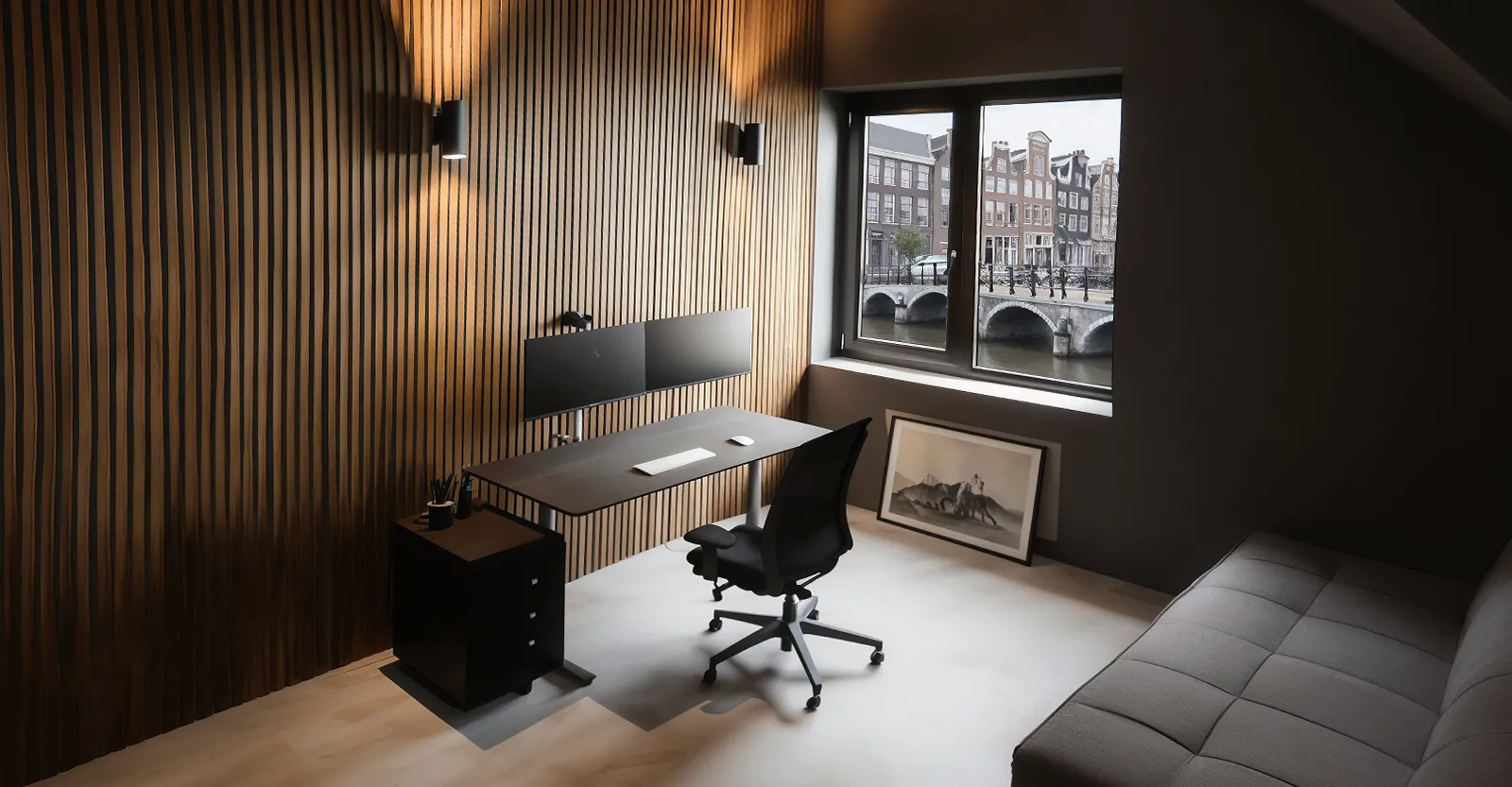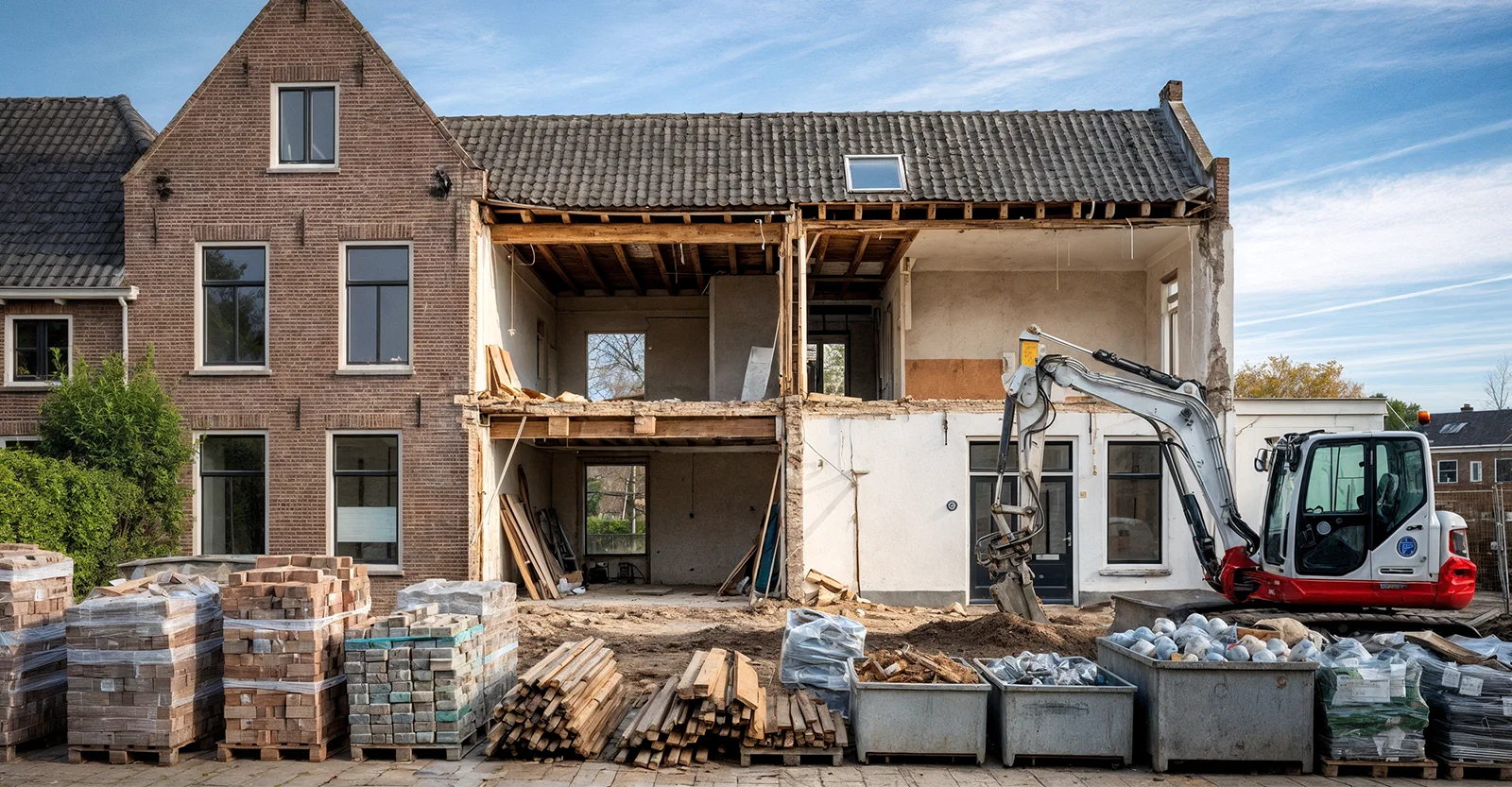As winter’s icy grip tightens, a hidden threat lurks within the walls of many Dutch homes: frozen pipes. This isn’t just a minor inconvenience that cuts off your water supply. It’s a ticking time bomb that can lead to burst pipes, catastrophic flooding, and repair bills that will make your eyes water. Fortunately, with a few essential winter plumbing tips, you can easily safeguard your home.
Preventing this disaster is about protecting your property from water damage, mold, and serious structural issues. Here’s what you need to do.
1. Insulate Everything You Can Reach
Your first and best line of defense is proper insulation. Heat escapes quickly from unheated areas, leaving your pipes vulnerable.
Start by insulating pipes in the most exposed parts of your home, like the attic, basement, and crawl spaces. Simple foam pipe sleeves, available at any hardware store, are incredibly effective and easy to install. They create a thermal barrier that keeps the water inside just above freezing. For maximum protection, wrap them with an additional layer of pipe lagging.
2. Keep the Water Moving
Even a tiny trickle of moving water can prevent a pipe from freezing solid. During an extreme cold snap, this simple action is one of the most effective winter plumbing tips you can follow.
Before you go to bed, turn on the faucet furthest from where the water enters your home – often in an upstairs bathroom. A slow, steady drip is all you need to relieve pressure and keep the water flowing, making it much harder for ice to form.
3. Disconnect and Drain Outdoor Faucets
Outdoor taps are ground zero for frozen pipe disasters. Because they are directly exposed to the elements, any water left inside them will freeze almost instantly.
First, disconnect all garden hoses and store them for the winter. Next, find the interior shut-off valve for your outdoor faucets and turn it off completely. Then, go outside and open the taps to drain any remaining water from the line. For extra security, cover the faucets with insulated foam protectors.
4. Seal Air Leaks in Your Home
Cold air can seep into your home through tiny cracks and holes, especially around the areas where utility lines enter. Use caulk or spray foam insulation to seal these gaps, particularly in the basement and attic. This not only protects your pipes but also makes your home more energy-efficient.
5. Never Turn Your Heat Completely Off
If you’re traveling during the winter, you might be tempted to turn off the heat to save money. Don’t do it. A cold house is a breeding ground for frozen pipes.
Instead, set your thermostat to a consistent temperature, no lower than 12°C. The small cost of heating an empty house is nothing compared to the expense of repairing a burst pipe. You can also open cabinet doors under sinks to allow warm air to circulate around the plumbing.
6. Watch for Warning Signs
Your plumbing often gives you clues before a complete freeze-up. If you turn on a faucet and only get a weak trickle of water, you may have an ice blockage forming. A slow drain can also be a red flag that a pipe is under stress. Pay attention to these early warnings.
7. Know Where Your Main Water Shut-Off Valve Is
This is crucial. In a worst-case scenario where a pipe does burst, you need to be able to shut off the water to your entire house immediately to prevent massive flooding. Take a moment now to locate your main shut-off valve and make sure it’s accessible.
8. Have a Professional Inspection
Sometimes, the most vulnerable pipes aren’t visible. Before the coldest weather hits, consider having a professional plumber inspect your system. An expert can identify at-risk areas you might have missed and offer solutions tailored to your home’s specific layout.
By taking these proactive steps, you can relax and enjoy the winter, knowing your home is protected from the season’s biggest plumbing threat. A little preparation now saves a world of trouble later.

